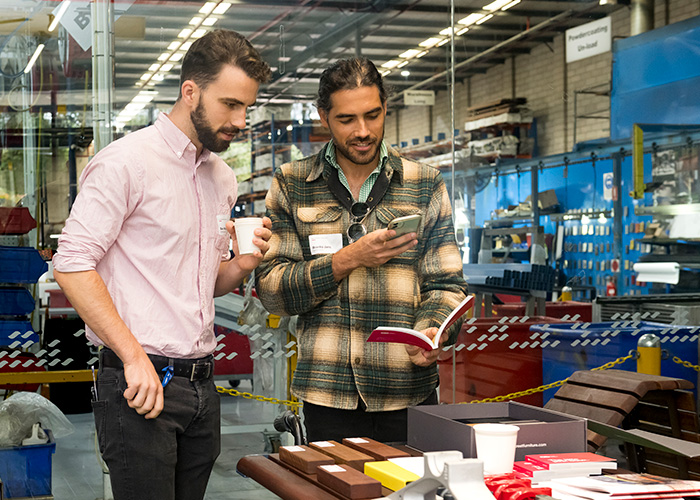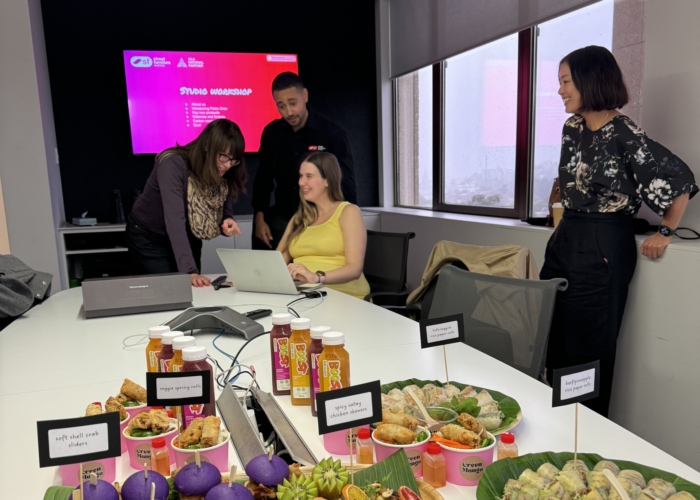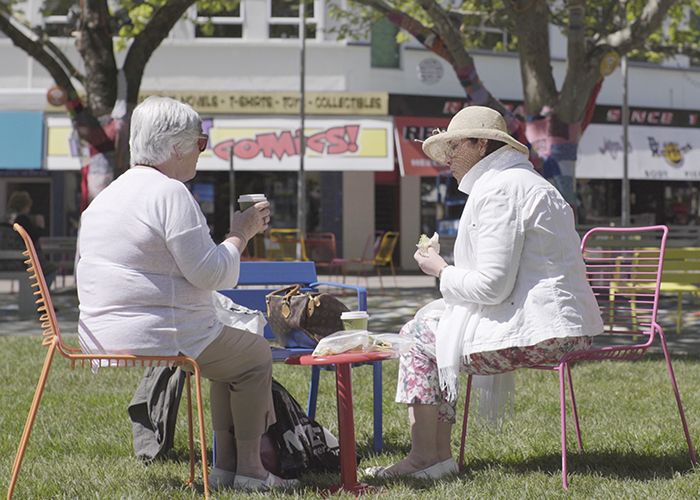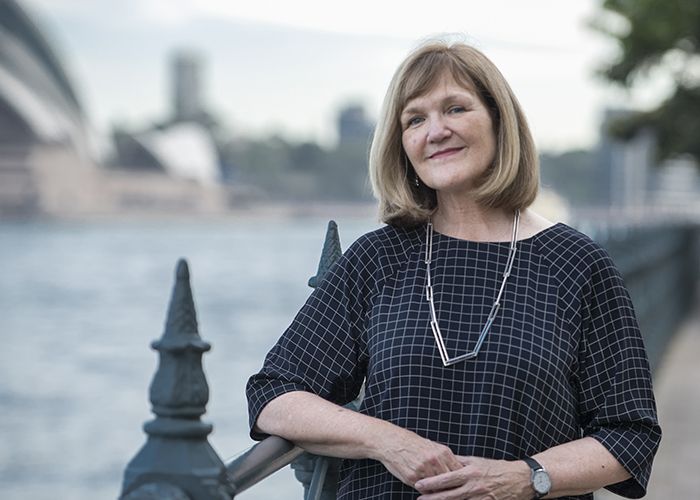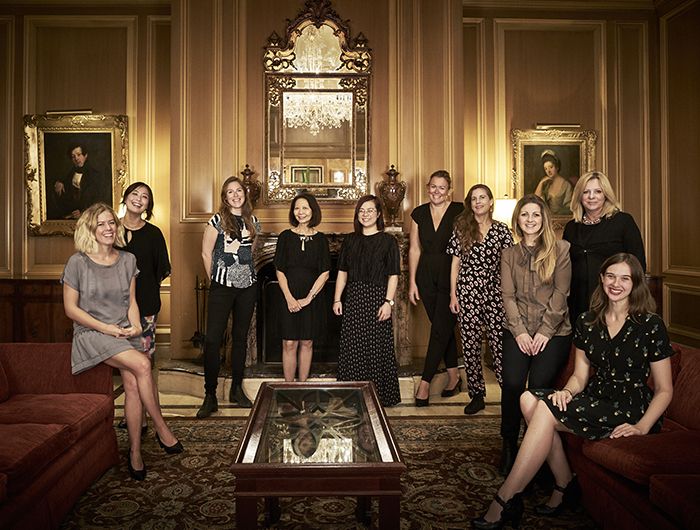
Six women passionate about landscape joined the International Women’s Day breakfast table with Street Furniture Australia, to discuss equality and this year’s theme, #BeBoldForChange.
Industry veteran Oi Choong says landscape architecture encouraged her to be bold from the start – to her, it was a “joy” of the profession.
“It was a new profession, so you were able to reach your tentacles everywhere. We were allowed to extend our vision and be bold. We experimented, we tried to integrate with other disciplines. We claimed our territory,” she says.
With more than thirty years of practice in Australia, Malaysia, Singapore, China and the UAE, the current Consulting Partner with Context says offers to work internationally were joyously formative in her early career.
“They gave me the opportunity to leap in, almost blindly, and take on the challenges they afforded.”
Overseas and at home, bold communication was part of the job.
“In Australia, working in the public domain meant you had to be strong in putting your thoughts forward,” says Oi.
“In relocating major roads, for instance, you had to stand behind your convictions about whether it was the right position, or not. In dealing with people you have to be bold when trying to get a point across. That’s par for the course.”
The six women, from different backgrounds and career stages, felt that overall women currently have a positive experience within landscape architecture.
Shahana McKenzie, CEO of the Australian Institute of Landscape Architects (AILA), says if there is a female stereotype in the profession, it is positive.
“Looking in from the outside I’d say female landscape architects are generally seen as intelligent, creative, engaged and generous,” she says.
The AILA membership, she adds, has equal gender representation, at a surface level.
“If you simply count heads our membership is 50-50 male and female, with slightly more female students coming into the industry,” she says.
“However, we don’t yet know how many of those women are working full-time or part-time, or are on equal pay.
“AILA will soon be announcing a partnership to undertake benchmarking research in terms of gender diversity and the challenges women in the industry face, to drill down into this detail.”
“Speaking out is really important, to get your place on the team early.” Georgia Jezeph, #BeBoldForChange
While women in landscape architecture may enjoy the respect of their peers, when working with external contractors and professionals from typically male-dominated industries, the women say a bold approach can reap rewards.
Georgia Jezeph, Senior Landscape Architect with Scott Carver, says that in meetings with a project’s design and build team, it is important to speak actively from the start.
“Landscape architects, in the hierarchy of construction, sometimes find their work diluted: to lose a few fig trees, or downgrade, as the architect is seen as the big leader of the project, the visionary. So speaking out is really important, to get your place on the team early,” she says.
“Make sure the team knows you’re a figure, you are the landscape architect. Let them hear you. Be bold and say something, don’t overthink it, or put your thoughts in an email for later.
“Your contribution is valuable. Right now in countries like China and Japan, landscapes are starting to come first. There are cultures that feel really strongly about green space. They focus on getting that right first and then build into it – rather than softening the edges around buildings.
“There’s also a lot of policy now in support of landscape, which can give you a leg up as a landscape architect and as a female in the larger team environment. Let the team know the requirements and stand by good policies, to make the world a better place.”
Female graduates are also finding ways and means to be bold as their careers develop, sharing knowledge to empower themselves and other women.
Brinlee Pickering, Graduate Landscape Architect with AECOM, says, “A colleague handed me Sheryl Sandberg’s book, Lean In, which talks about how women often don’t ‘sit at the table.’ We tend to let men go before us, and not speak up.
“In the workplace I think it’s important to recognise this tendency, and to make a conscious decision to say my voice is worthy of being heard and my opinions are valuable.”
Clare O’Brien, co-chair of AILA Fresh NSW and Graduate Landscape Architect with Aspect Studios, adds, “I also found Lean In to be influential. I always tell myself to ‘show up.’
“You might be dealing with a fear of failure, or the need to prove yourself, but showing up every day and doing your best is what counts. Part of that for me is backing my thought processes, my opinions, and what I believe is important, by speaking up.”
All agreed that women have valuable skills to bring to the table, within teams and in leadership roles.
Katy Svalbe, Co-Director and Landscape Architect with Amber Road, says, “Support and nurturing is powerful for a leader, in fostering a good community and collaborative environment in the workplace.
“Managing multiple tasks, thinking from multiple perspectives, bringing together the right components to get the job done without ego – women are known for these abilities, which make for great leadership.”
However, workplaces could better support women to progress along their career paths to attain these leadership roles, says AILA’s Shahana McKenzie.
“I see big challenges for women in continuing to compete and advance into leadership roles after having kids.
“Flexible working arrangements are not always available, so creating supportive environments where women can return to work and progress in their careers is important.”
There are a great deal of living examples of female leaders in Australian landscape architecture today, adds Oi, to show what can be achieved.
“Suellen Fitzgerald is Executive Director of the Western Sydney Parklands Trust. Elizabeth Mossop is Dean of the School of Design, Architecture and Building at the University of Technology Sydney. Catherin Bull is looking after the South Bank Corporation in Brisbane, and so on,” she says.
“Women have had the opportunity to prove themselves in this field, in many different areas. There’s a great opportunity for senior people now to mentor the younger women starting in the profession.”
Step one to #BeBoldForChange in their working life, it seems, could be speaking up.
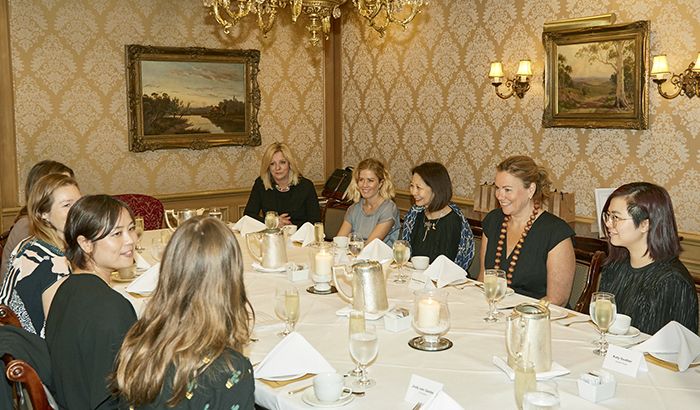
Thanks to Oi Choong, Georgia Jezeph, Brinlee Pickering, Clare O’Brien, Katy Svalbe and Shahana McKenzie for joining us on IWD2017.



